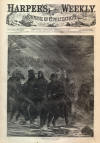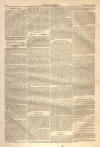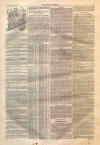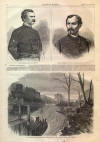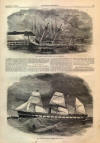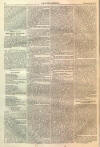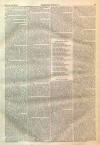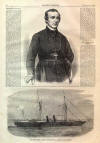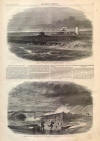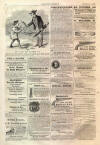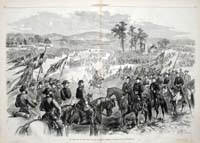Archbishop John Hughes
|
|
This Site:
|
HARPER'S WEEKLY. [JANUARY 16, 1864. 44 ARCHBISHOP HUGHES.THE Catholic Archbishop of New York, the Rev. JOHN HUGHES, died on Sunday evening, January 3, aged about 65 years. Few men of his day exercised so wide an influence, social, moral, and political, and few men have exercised it, upon the whole, so honestly and wisely. He was born in Ireland in 1798, the son of a respectable farmer. He came to America in 1817, and soon after became a student at the Catholic College at Emmetsburg, Maryland. In 1825 he received ordination, and was appointed to the charge of a church in Philadelphia, and became recognized as a man of mark in his Church. In 1838 he was appointed coadjutor to the venerable Bishop Dubois of New York, who was fast sinking under age and infirmity. A fortnight had hardly passed before Bishop Dubois was struck down by paralysis, and the oversight of the Diocese fell upon Mr. Hughes, who four years later, upon the death of his superior, became Bishop of New York. In this position he had full scope for the exercise of his great administrative powers. To the general public he was best known by the various controversies in which he was at several times engaged, prominent among which were those with Dr. John Breckenridge, that upon the Public School Question, that with his fellow-countryman, Dr. Nicholas Murray (Kirwan), and one with the Hon. Erastus Brooks. But his true work was in the organization of the affairs of his diocese, and the establishment of its educational and religious concerns upon a firm basis. It would require a volume to detail his labors. It is sufficient to say that he gradually gathered into his own strong hands the entire control of the Catholic schools and churches of his Diocese. The amount of church property nominally vested in him has been stated at fully five millions of dollars. He found his Diocese weak and disjointed; he left it strong and consolidated. His position gave him great political influence; this he rarely used except when he thought the interests of the Church were in question, and then always with telling effect. In 1850 the Diocese of New York was divided by the erection of the Sees of Albany and Buffalo, while that of New York was raised to the dignity of an Archbishopric. After the breaking out of the insurrection, Archbishop Hughes, at the desire of our Government, went to Europe on a mission to aid the Union cause; for his exertions in this mission he received the official thanks of the authorities of the City of New York. Within a few months his health began to give way, and his public appearances became more rare. His last notable effort was his speech to the Catholics of New York, at the time of the riots of last July. This speech was sharply and, we think, justly criticised. Its intent was good; but we thought at the time, and must think still, that it contained some highly objectionable features. We apprehend that the mental, as well as the physical, strength of the Archbishop was impaired when he made this speech, which we are confident was heard or read with regret by the best and wisest of his friends. Apart from this speech, conceived and delivered when the venerable prelate was not his old self, we think it would be difficult to point to a single important act in his long administration that was not wise and politic, and which, viewed from his own standpoint, was not right and honorable. He died as he had lived, a true man, and a sincere Christian. There will probably be a sharp contest, open or concealed, as to who shall succeed to the post left vacant by his death. It will be well for the Church and the country if the second Archbishop of New York be, all in all, a worthy successor of John Hughes. THE "RAPPAHANNOCK."THERE are some curious circumstances connected with the screw steamer Rappahannock, alias the Scylla, of London, alias her Majesty's steam-sloop Victor. The English Admiralty, a short time ago, disposed of her Majesty's screw gun-vessel Victor, and, on being sold, she was permitted to undergo some repairs under the superintendence of the dock-yard officials. It was stated that she was intended for the China trade, and she was ostensibly fitted with that view, while her name was changed to the "Scylla, of London." Several suspicious circumstances, however, occurred, and the dock-yard officials made a report to the Admiralty. The result was the receipt of an order at Sheerness directing her to be stopped. The order, however, arrived a few hours too late. Those in charge of the vessel evidently suspected the intentions of the Government, and had her taken out of the harbor. She immediately afterward hoisted the Confederate flag, and she now sails under the name of the Rappahannock. On leaving the Nore the Rappahannock sailed direct for Calais Harbor, in France, which she entered as a Confederate privateer. The Customs authorities at Calais, in answer to a question, have received instructions from Paris to allow the Rappahannock to leave whenever her captain pleases. It is said that the English Admiralty have also sold the war steamers Amphion, Cyclops, and Phoenix to "private purchasers." THE LATE MOST REVEREND JOHN HUGHES, D.D., ARCHBISHOP OF NEW YORK.—[PHOTOGRAPHED BY BRADY.]THE REBEL SCREW STEAMER "RAPPAHANNOCK", LYING AT CALAIS, FRANCE.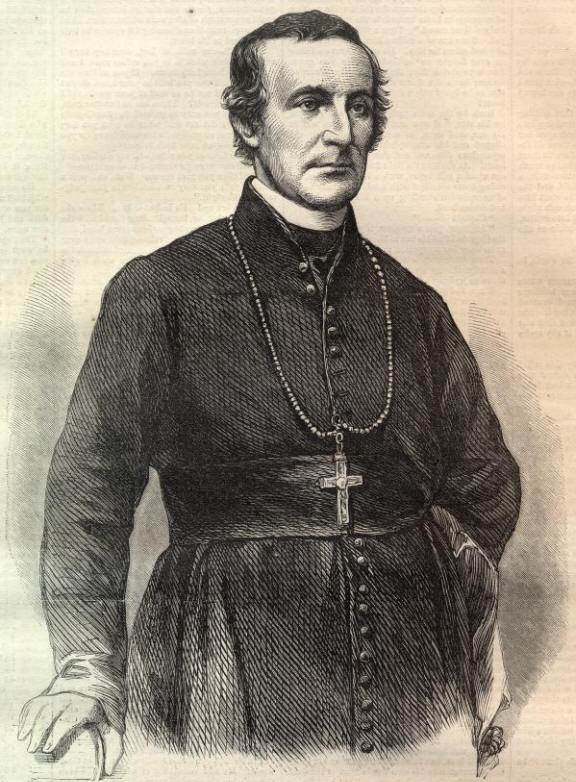 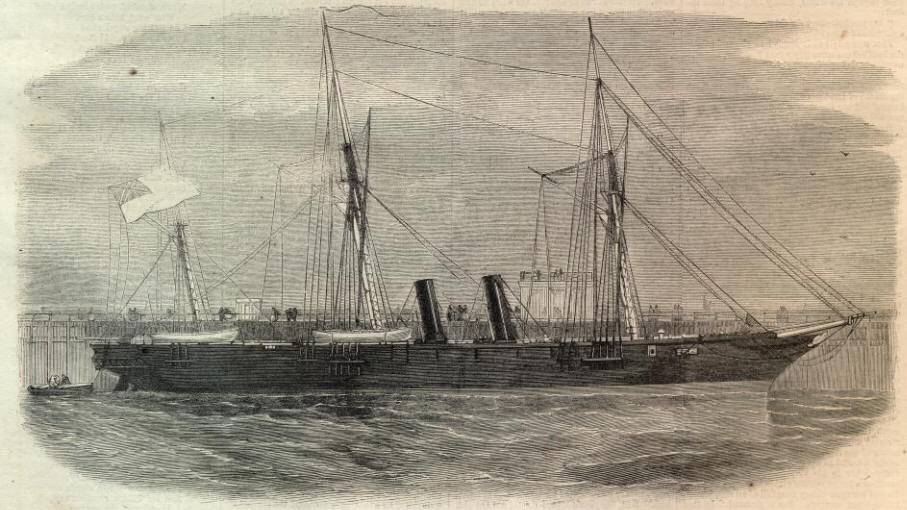 |
||||||||||||||||||||||
|
|
||
|
|
Site Copyright 2003-2018 Son of the South. For Questions or comments about this collection, contact paul@sonofthesouth.net |
|
|
Are you Scared and Confused? Read My Snake Story, a story of hope and encouragement, to help you face your fears. |
||
